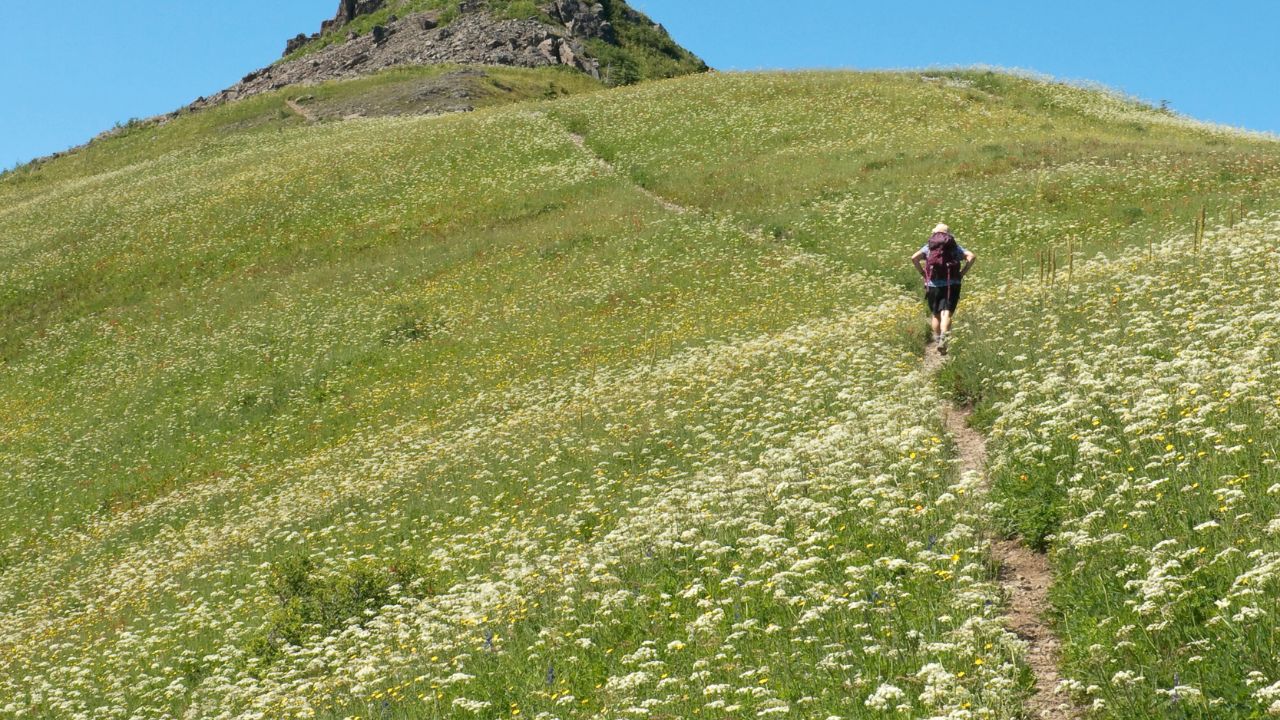Thru hiking is a great way to see the natural world on a very large scale. It’s a marathon of sorts on an entire long distance trail, typically hundreds or thousands of miles, all strung together in a straight line. Thru hiking, unlike casual hiking, is months of commitment, rigorous planning, and a desire to take on the roadblocks and head them on.
Whether you’re thinking about gonna be thru hiking for the first time or you are prepping for a trail like the Appalachian Trail this guide is going to tell you what it’s really like to thru hike, and how to be ready for it, what gear you need to bring. When you have the right information, the right knowledge, and the right gear, including reliable Merino Protect apparel, you’ll be able to trail confidently.
What Does Thru Hiking Involve?
Thru hiking is nothing like normal hiking. It’s a more than a journey. You are immersed into nature for many weeks or even months and often you find yourself on different terrains and in harsh conditions. A thru hike is just that, walking the trail all the way through from one side to the other, in only one season.

There are prime examples, such as the Pacific Crest Trail or the Continental Divide Trail, with glorious scenic diversity but with the requirement to carry an incredible amount of thought to them. You’re going to be hiking long days in unpredictable weather and lugging all you need to survive with you on your back.
Resupply stops along the trail are necessary for restocking food and other essentials, but too little food and the wrong balance of food and other basics, careful planning is needed to avoid 'running out' of things. Thru hiking is not just physical; it’s mental.
Thru Hiking vs. Backpacking: Key Differences
Thru hiking and backpacking may look the same but they are worlds apart on purpose and scale. Thru hiking is a long term commitment, where you intend to go for one continuous attempt to complete an entire trail. Preparation can take months, and you will be on the trail for a very long time.
Backpacking typically covers smaller areas over shorter trips, typically a weekend, up to a week. Basically, it’s about the duration and intensity. While backpacking is a fantastic way to experience nature for a few days, thru hiking pushes you to consider your endurance and mental strength and lean towards adaptability for months of full on hiking.
How to Prepare for a Thru Hike
A thru hike success starts with you preparing. When you think you have it all under control, it can get stressful fast. Without a solid plan. Researching the trail you intended on hiking should be your starting point. Get familiar with both its terrain and its climate and its resupply points.

When you’ve picked your trail, plan out your route with more detail: estimated mileage per day, resupply stops or rest days. Physical training is as important. Long days on the trail will not be so bad if you condition your body for it.
Start with less distance and with less distance carried with a loaded backpack. You will also improve your overall endurance if you incorporate strength training and cardio exercises into your routine. It’s just as much about mental preparation as physical.
What to Pack for a Thru Hike
The thru hike packing list requires serious weight and utility consideration. Your backpack should hold every item that serves a purpose.
1. Clothing
For long days on the trail you need to have comfortable moisture wicking clothing. Merino wool layers for women are lightweight, breathable and have no smell. Typically, first base layers, then insulating mid layers, and then waterproof outer layers are a basic clothing set up. There are as many accessories hat, gloves, and, in particular, strong and comfortable hiking socks, as protection and comfort.
2. Shelter and Sleeping Gear
A light tent, sleeping bag, and sleeping pad form the foundations of your shelter's setup. Select options that balance the durability of your shelter with the weight of your items. Your hiking experience can make or break with a comfortable sleeping system. Get a good sleeping bag that’s rated for what the temperature will be where you’ll be sleeping, as well as a sleeping pad to insulate and cushion.
3. Food and Cooking Supplies
Take lightweight, high calorie food items such as dehydrated meals, nuts as well as energy drinks. A small stove and cookware is essential to cook meals while on the trail. Don't forget to carry an effective water filter since you'll need fresh drinking water.
4. Navigation and Safety
If you’ve got maps, a compass or a GPS device you’ll know where you’re going, and if you’ve got a well stocked first aid kit you’ll be ready for minor injuries or illnesses.
Challenges of Thru Hiking
It's a great experience to hike however, it also comes with a lot of difficulty. Physical exhaustion is common when you hike long distances, day after day. While you train your body will require time to adapt to the demands the hike.
The foot and ankle pains are common problems So, invest in high-quality shoes as well as Merino wool socks in order to ease discomfort.
Weather conditions are also major problem. You’re going to be faced with everything from sudden storms of rain to extreme heat or cold. Versatile layers of fabrics like Merino wool can help your body temperature and keep you dry.
Perhaps the least understood aspect of thru hiking is that of mental challenges. It can be hard to stay motivated when you’ve spent days by yourself, are homesick, or are unsure. In tough moments, connect with fellow hikers or focus on the sense of achievement you’ll reach the journey's end.
Conclusion
Thru hiking isn’t simply a physical journey, It’s an adventure that tests your limits. If you have the correct preparation, the right gear and the right mindset you can even handle the most demanding trails.
If you’re planning your first thru hike, sticking to shorter trails while building experience and investing into high quality, sustainable gear such as Merino Protect layers is a sure way to some success. Thru hiking is one of the most transformative experiences. Enjoy the rocky trail in hand or sitting down, embrace the challenges, savor the beauty of a wilderness.
FAQS About What is Thru Hiking?
Q1: What Are Some Popular Trails for Thru Hiking?
One of the most popular thru hiking trails is the Appalachian Trail PACT Continental Divide Trail. There’s something there for everyone, with breathtaking scenery and their own set of problems.
Q2: How Long Does It Typically Take to Complete a Thru Hike?
Most thru hikes will have you taking a few weeks to several months to complete the trail, based on the length of the trail and your pace, though some trails are more or less to the rest.
Q3: What Should I Prepare for a Thru Hike?
Physical preparation, route planning, gain of the needed gear and understanding the trail conditions are all part of trial preparation. You also need to think about food resupply points on the way.
Q4: is Thru Hiking Suitable for Beginners?
Some will start with a thru hike and make it, but it’s best to wait and get some hiking experience first through shorter hikes. Endurance and understanding gear will make a big difference in the experience.









Laissez un commentaire